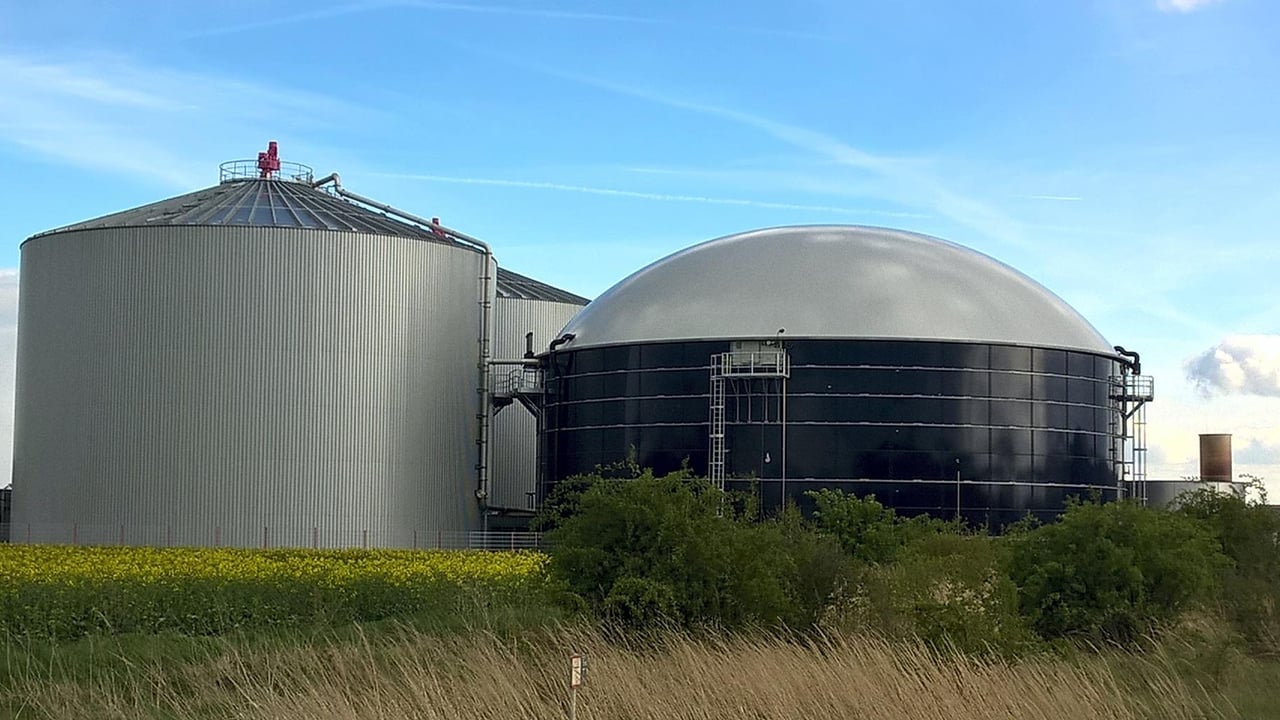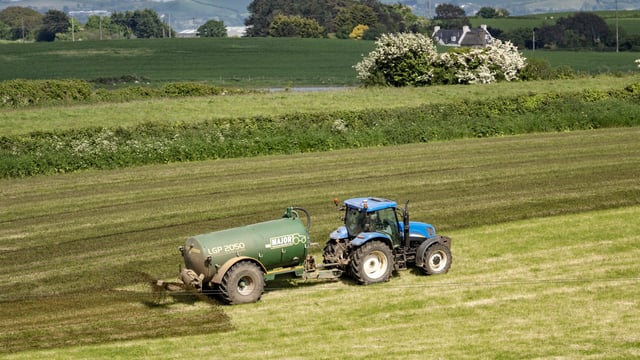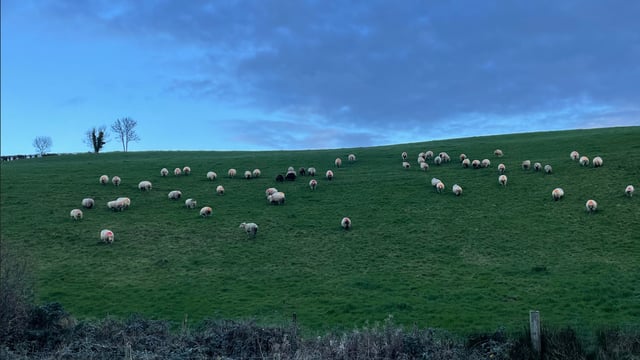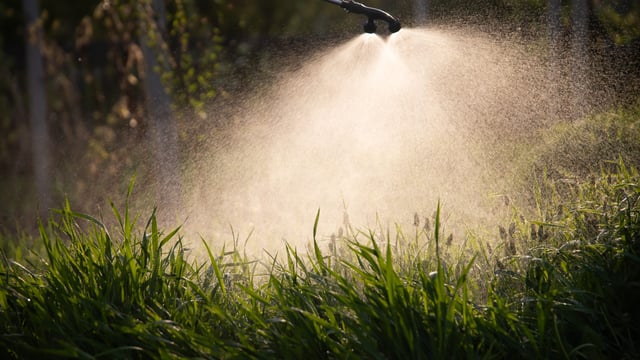Kildare County Council denies planning permission for AD plant
Kildare County Council has refused planning permission for a proposed anaerobic digestion (AD) facility in the county.
Cycle0 had sought permission to construct the facility to produce renewable biomethane and a bio-based fertiliser from organic material in the townland of Ballyvass, Castledermot.
According to the planning application, the development would take in manure/slurry, whole crop, and other organic material and use this to produce renewable biomethane.
This would be injected, via a connection to the gas network into the grid within the site boundary.
AD plant
An intake of 90,000t of feedstocks per year had been envisaged for the proposed 5.12ha site, which is currently in agricultural use and located to the east of the M9 motorway.
The AD facility was also expected to produce high quality fertiliser - the digestate which is an output of the AD process - which would be utilised on farms supplying the facility.
An Environmental Impact Assessment Report (EIAR) and a Natura Impact Statement (NIS) were submitted with the planning application.
Submissions
However, the proposed development was the subject of some local opposition with over 230 submissions and observations made to Kildare County Council.
Among the main concerns raised by those opposing the plan were odour; potential impacts on health and air quality; inappropriate location; traffic impacts and environmental risks.
Submissions in support of the development highlighted the government's policy for biomethane production, along with advancements in AD technologies and "strict licencing criteria" for biomethane production.
Planning refused
Kildare County Council refused planning permission for the development on three grounds.
The council firstly said the proposed development is located on the L8050 local road which is "substandard in terms of width and alignment".
It added that the scale of traffic generated by the proposed development would "render the road unsuitable to carry the increased loads arising from the development" and "would endanger public safety by reason of traffic hazard and obstruction of road users".
The council noted this would "set an undesirable precedent for similar development of this scale and nature elsewhere within the county, would seriously injure the residential amenities of the area and would therefore be contrary to the proper planning and sustainable development of the area".
Site location
Secondly, the council said that permitting the proposed AD plant within 91m of the motorway would be contrary to the Kildare County Development Plan 2023-2029.
The plan seeks to ensure the protection of the strategic transport function of national roads, including motorways and their associated junctions by maintaining and protecting their safety, capacity, efficiency and strategic function.
Finally, the council stated that the proposed development failed to provide an adequate assessment of hydrological risk, water quality protection, and cumulative impacts.
In particular, it highlighted the River Barrow and River Nore Special Area of Conservation (SAC), Hobartstown West Wetlands, and other hydrologically linked European sites.
The council believes that the proposal failed to comply with the EU Habitats Directive and the Water Framework Directive.
It was also satisfied that the proposed development, alone or in combination with other projects, would not be likely to have a significant impact on the integrity of the River Barrow Nore SAC.
A spokesperson for CycleO told Agriland that the company acknowledged the decision of Kildare County Council to refuse planning permission for its proposed AD and biomethane plant at Ballyvass.
The company is currently "reviewing the feedback provided by the council".
"This is a disappointing response, but we remain confident that this is the right plan in the right location to support Ireland’s target to deliver 5.7 TWh of indigenous renewable natural gas by 2030," the spokesperson added.





